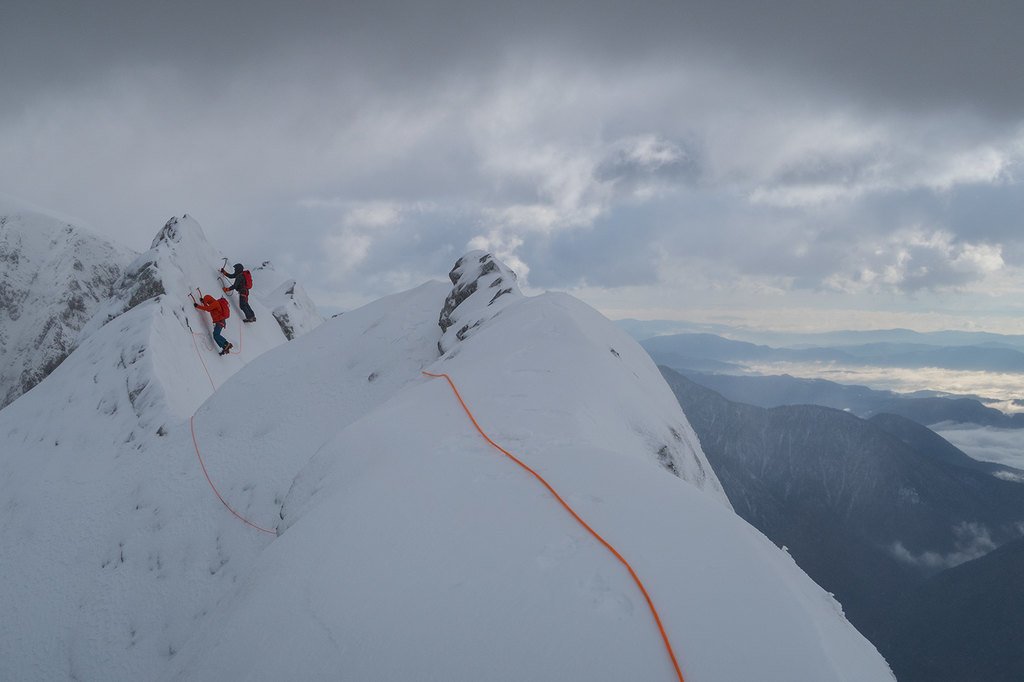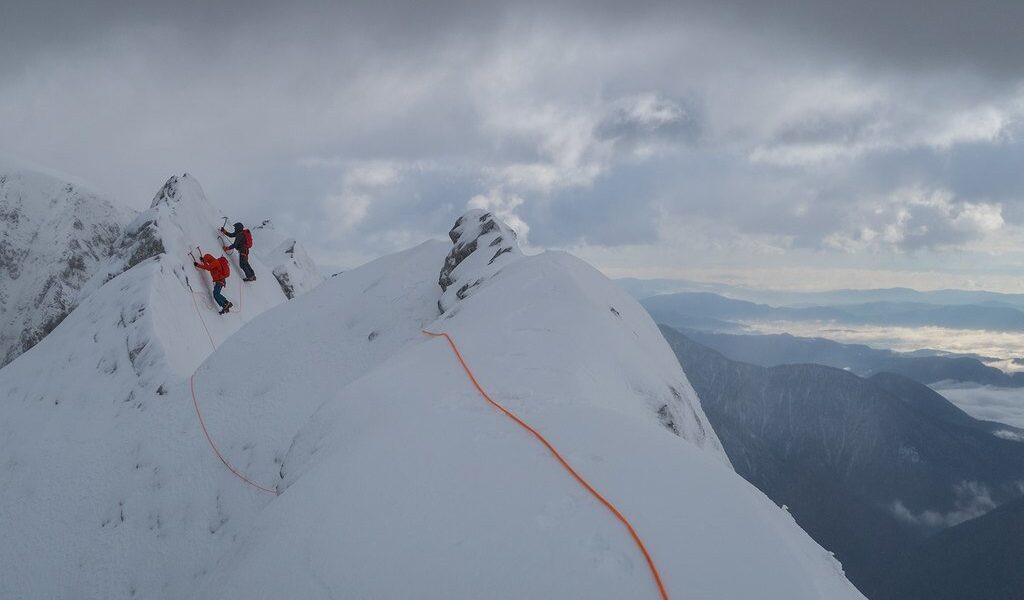
Best to be prepared whenever venturing off into the mountains. Weather and trail conditions are extremely variable in the mountains, not to mention the dangers that come along with technical climbs. Here are few thoughts to keep you safe as you head off to explore the Slovenian Alps.
## Exploring the Slovenian Alps: Safety and Preparation
Each year, the majestic mountains of Slovenia welcome nearly a million visitors. While this popularity might create a sense of security, it’s crucial to remember that mountain environments demand respect and careful planning. Accidents, unfortunately, do occur, and the most frequent culprits are a combination of factors. These include insufficient physical conditioning, a lack of mental preparation for the challenges, inadequate equipment for the specific conditions, and, perhaps most critically, the absence of the necessary skills and knowledge for navigating technical climbs. It’s essential to approach these adventures with a realistic understanding of your abilities and the inherent risks involved.
The people of Slovenia hold a deep respect for the mountains and prioritize safety. Even Slovenia’s most accomplished climbers, renowned worldwide for their expertise, exhibit humility and meticulousness before venturing into the high country. They understand that the mountains will endure, and if conditions are unfavorable, they are prepared to postpone their climb. The mountain will always be there, they believe, and there’s always another opportunity waiting. This cautious approach underscores the importance of respecting the power of nature.
Adhering to established guidelines is paramount, but it’s only a starting point. Before embarking on a solo trek or even a group adventure, diligent research is essential. Familiarize yourself with the specific routes you plan to take, exploring all available options and potential alternatives. Seek out local knowledge by consulting with residents about the prevailing weather patterns in the area. Their insights can provide invaluable context and help you anticipate potential hazards.
## Understanding the Unique Weather of the Slovenian Alps
Weather conditions in the Slovenian Alps can change rapidly and dramatically. A thorough understanding of these patterns is vital for planning a safe and enjoyable trip. For example, be aware of the potential for intense thunderstorms during the summer months. The terrain itself also presents challenges; much of the area consists of limestone rock, which becomes exceptionally slippery when wet.
Moreover, be prepared for significant temperature fluctuations. A pleasant summer day in the valley can quickly transform into near-winter conditions higher up on the mountain. Packing appropriate clothing and gear is therefore essential. Always be vigilant for developing cloud formations, the appearance of storm clouds, and any sudden shifts in temperature or weather patterns. These are warning signs that should not be ignored. Observing these indicators can be the difference between a safe journey and a perilous situation. Considering the Julian Alps, one must especially be aware of the local weather patterns.
## Essential Equipment for Mountain Safety
For those undertaking more challenging or technical routes, specialized equipment such as Via Ferrata sets or climbing ropes may be necessary. When choosing technical trails, ensure that you have a clearly defined and easily accessible descent route in case you need to turn back due to time constraints or unforeseen circumstances.
Beyond specialized gear, a comprehensive packing list is essential for all mountain adventures. This should include sturdy hiking boots, a hat for sun and cold protection, gloves, layered clothing to adapt to changing temperatures, a reliable compass, a detailed map of the area, a well-fitting and comfortable backpack, a head torch or flashlight with extra batteries, a comprehensive first-aid kit, and a protective foil blanket for emergency warmth. Proper gear can make all the difference in these environments.
## The Benefits of Hiring a Local Guide in Slovenia
For those seeking a more relaxed and secure experience of hiking and climbing in the Slovenian Alps, consider enlisting the services of a certified local guide. These professionals possess a high level of training and expertise, enabling them to tailor your itinerary to provide the optimal experience while prioritizing safety on the trail.
Within Slovenia, as in the broader Alps region, there are varying levels of guide certification. IFMGA guides represent the highest level of accreditation, signifying extensive training and experience in mountaineering. Alternatively, basic hiking guides are well-suited for leading individuals and groups on more conventional hiking routes. A guide can make the difference between a stressful and safe adventure.
## Further Important Safety Precautions
* Begin your trek early in the morning to minimize the risk of descending in darkness, especially during the shorter days of winter.
* Always have a contingency plan – a Plan B – in case your initial route is blocked or conditions change unexpectedly.
* Thoroughly understand the trails you intend to follow and be proficient in map reading and navigation techniques.
* Inform family members or trusted friends about your hiking plans, including the duration of your trek and specific instructions on what to do if you do not return by the agreed-upon time.
* Sign your name in the register books located at mountain huts and at the summits of peaks; this provides a record of your presence in case of emergency.
* When hiking in a group, calculate your pace based on the abilities of the slowest member to ensure that everyone can keep up and no one is left behind.
* Practice Leave No Trace principles by packing out everything that you pack in, leaving the mountain environment pristine for future visitors.
* In the event of a serious medical emergency in the mountains, dial **112** to connect with Search & Rescue services. Be prepared to provide your location and a description of the situation.
* If you find yourself in a dangerous situation, conserve your energy and seek shelter from the elements. Prioritize survival until help arrives.
B-2269

